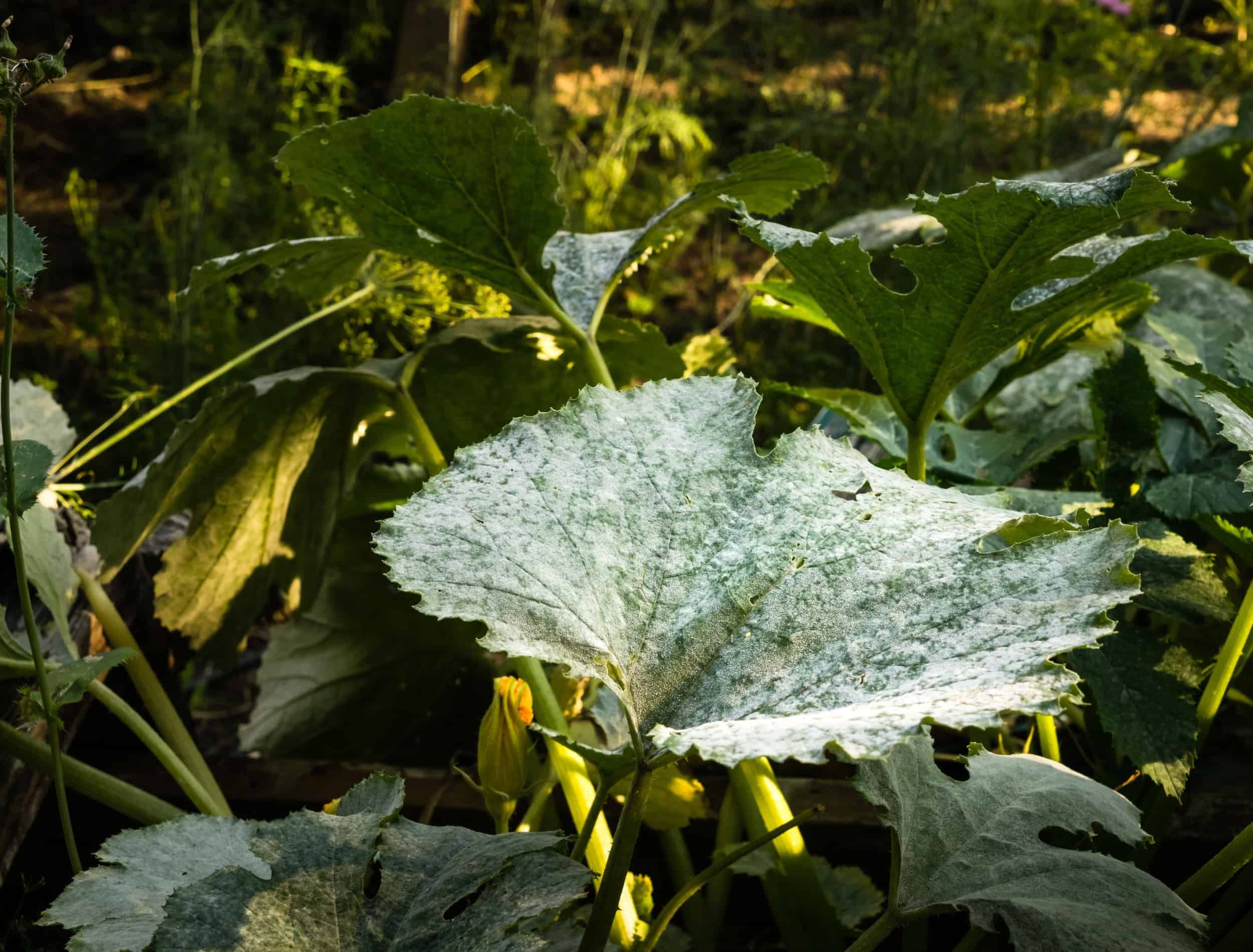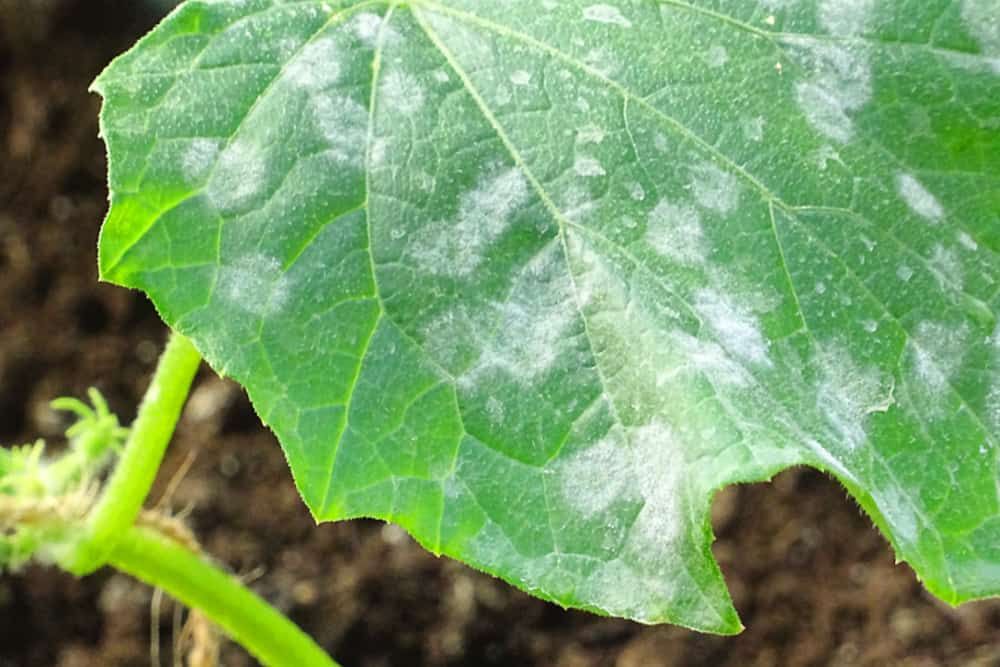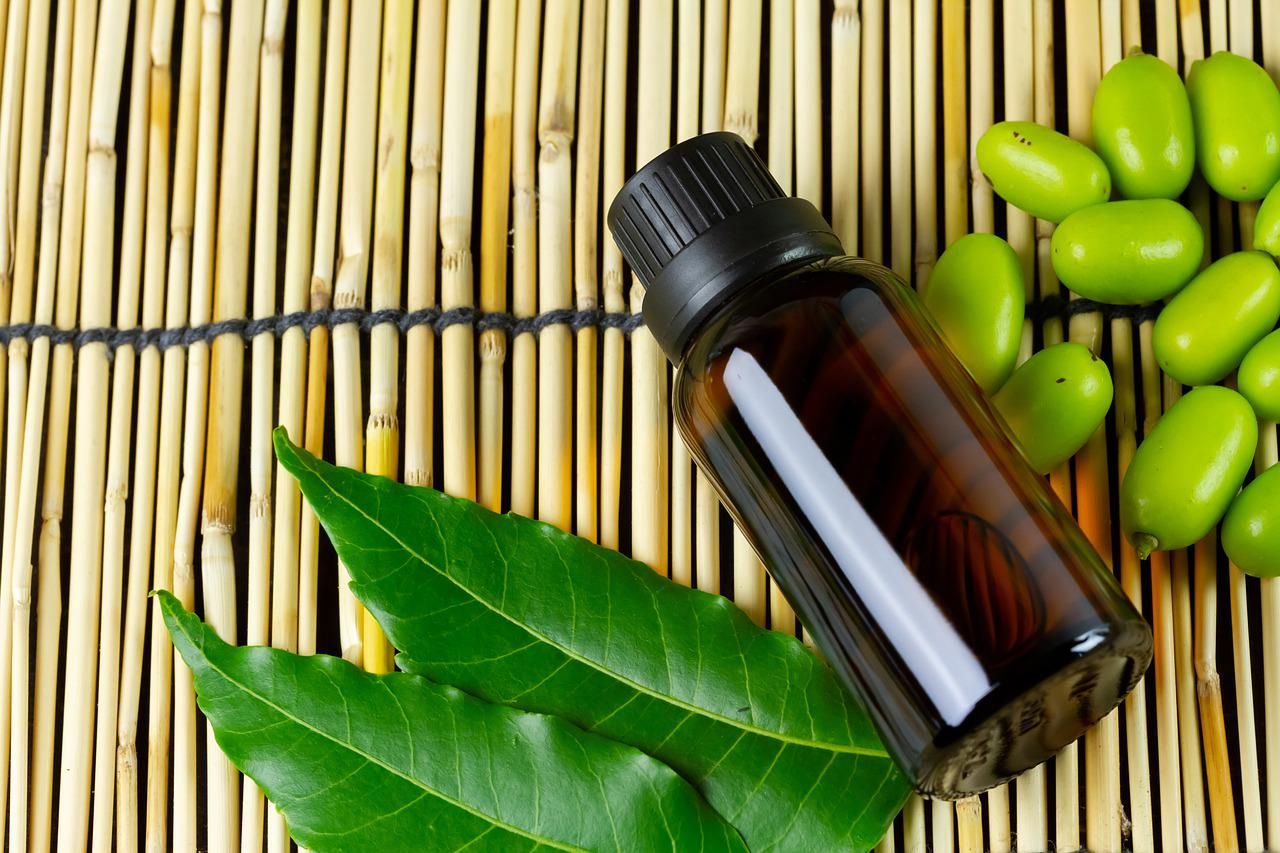Everyone's been there. You're cruising along in your garden, harvesting bushels of zucchini, and then all of the sudden you notice something's not right. The leaves on your zucchini plants are starting to turn white - what gives? Don't worry, you're not alone! Plenty of gardeners have faced this issue. Let’s take a closer look at why this is happening and how to prevent it. And keep reading for more tips on growing the perfect zucchini!
White Zucchini Leaves- What Is It?
Image credits: matahiasek via Shutterstock
Your zucchini leaves are turning white because of a condition called powdery mildew. This fungal disease affects many plants, including squash, pumpkins, cucumbers, tomatoes, beans, and watermelons. Powdery mildew is characterized by white, powdery spots on the leaves and stems of affected plants. The fungus grows on the surface of the plant tissue and produces spores that can be transported by wind or rain to other plants.
Powdery mildew is most commonly found in humid or moist conditions. It can also occur in dry conditions if there is poor air circulation around the plants or your plants have experienced heavy rainfall. The ideal temperature for powdery mildew growth is between 70- and 85 degrees Fahrenheit for three days in a row. This disease can quickly spread through a garden, so it is important to act fast and help any affected plants as soon as possible.
How To Prevent Powdery Mildew
Image credits: Ninetechno via Pixabay
There are a few ways to prevent powdery mildew from occurring in the first place. One is to water the plants early in the day so that the leaves have time to dry before nightfall. Additionally, be sure to avoid any overhead watering. Your aim is to keep the leaves of your zucchini plant as dry as possible. This will help to reduce the amount of moisture that the fungus needs to grow.
Another way to prevent powdery mildew is to plant resistant varieties of cucurbits, such as Ambassador F1, Black Coral F1, Emerald Desire, or Midnight Lightning.
If your zucchini leaves are already turning white, there are a few things that you can do to try and save the plant. One option is to remove all of the affected leaves. This will help to reduce the number of spores that are present on the plant. You can also try using a fungicide, neem oil, or a homemade powdery mildew killer. Note- it is important to read the fungicide label carefully and follow the directions exactly. Sometimes, if the issue has been exacerbated, the best course of action is to simply start over with new plants.
Powdery mildew can be a frustrating disease to deal with, but by taking some preventive measures, you can hopefully avoid it in your garden.
How To Grow The Perfect Zucchini
Image credits: YuriyS via Canva
Zucchini loves the warm weather and will grow best in full sun and in well-drained soil. They are vigorously growing vegetables, so you can expect to see results within 60 days of planting them.
To get started, you'll need some quality zucchini seeds. You can find these at your local nursery or gardening store. Once you have your seeds, it's time to get planting!
Zucchini can be planted in either hills or rows. If you choose to plant them in hills, simply create small mounds of dirt and plant 3 to 4 seeds per mound. If you prefer to plant in rows, dig a shallow trench and plant the seeds 2 to 3 inches apart.
Once the seeds are in the ground, water them well. Zucchini needs to be kept moist, so make sure to water them regularly - about 1 inch per week. If it's particularly hot or dry out, you may need to water more often.
Adding a layer of mulch to your zucchini plants is also a great way to protect them from the heat of the summer sun and conserve moisture in the soil. To apply the mulch, simply spread it around the base of the plant, being sure to avoid the stem. A thick layer of mulch will help to keep the soil cool and moist and will also prevent weeds from growing.
Now it's time to sit back and watch them grow! Zucchini are a high-yielding crop, so you can expect to harvest plenty of veggies come summertime. Make sure to check on them regularly, though, as zucchini can grow very quickly.
With these tips, you'll be able to grow the perfect zucchini in no time!
In Summary
So, what's the deal with zucchini leaves turning white? Don't worry, it's not a sign that your plants are dying! It's usually just a symptom of powdery mildew. Luckily, there are some things you can do to prevent this from happening and keep your plants healthy and producing delicious zucchinis! Do you have any tips or tricks up your sleeve? Let us know in the comments below! Happy gardening!




